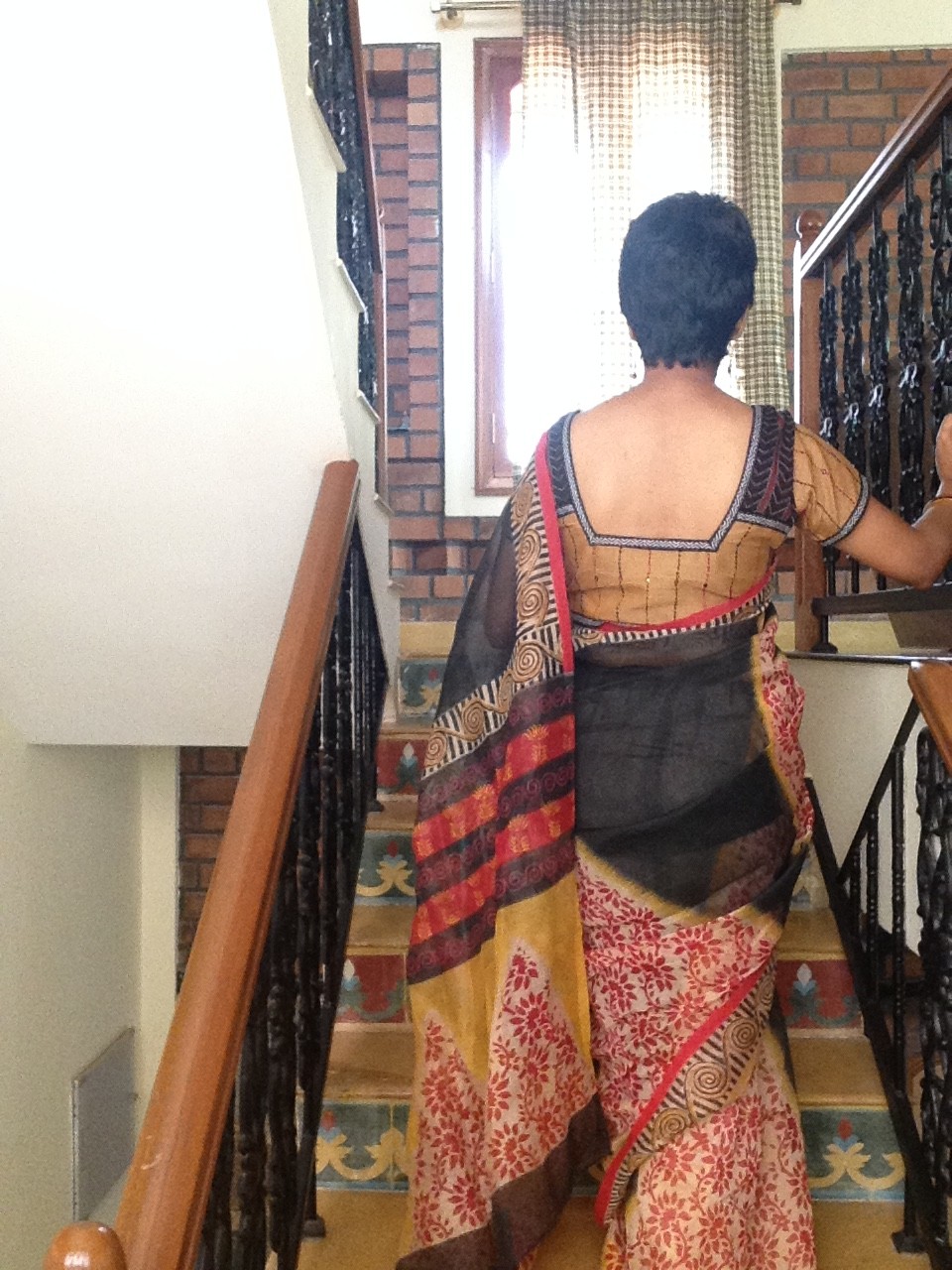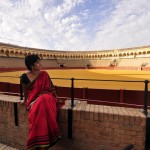Kota Dora
It was a cool, moonlit night in June. The rains had just begun in Mysore; the earth was moist and smelt fresh from the last shower. There was no need for anyone to work the pankha. As the General in Shah Jahan’s army lay on his soft mattress after a long day’s work explaining army strategies to his soldiers, his thoughts raced back to his wife. She would be roasting in the oppressive summer heat even at this time of the night. The air would be dry and stifling. No amount of fanning would help cool down the temperature. Fortunately, he would be with her soon for his work here had almost come to an end. She wouldn’t have to suffer the heat alone.
On the way to his camp everyday, the General crossed fields, water bodies and the homes of many weavers. He had not paid attention to his environment before. But this morning, he felt like slowing down. Perhaps, it was because he was leaving soon that he wanted to spend more time in these surroundings and take in as much as he could. He stopped by the young green paddy crops and walked through them; he drank from a stream, washed his feet and he knocked on the door of a house from where he could hear the clickety clack of the loom in motion. A plain looking man in a dhoti, opened the door. Looking at the General, he rushed to get him a chair and bowed in half to offer his greetings.
“I’d like to see your work. I have lived here for several months but haven’t had the time to know the weavers here. Would you show me around your loom and the fabric you’ve made?” asked the General.
“It would be my honour, Sire!” replied the weaver. He rushed inside his small, two-room hut, one of which was occupied by the loom, and brought back some of his latest weaves, clutched in his arms.
The weaver unfolded the cloths, one by one. The General touched each piece of cloth, felt the texture between his fingers, turned it over to look at the tightness of the weave and nodded his head in appreciation.
“What is this called?” asked the General, examining the third bit of cloth the weaver showed him. It was as thin as rice paper, as light as a swan’s feather and as white as the full moon. When he held it up against the light, the sun rays that filtered in through the roof, created a beautiful checkered pattern on the floor. A soft breeze that blew through the window, gently caressed the General’s face, making it cooler as it passed through the cloth.
“I don’t have a name for it, Sire.” “It’s something I made to beat the summer heat.”
A conversation with his wife some months ago, flashed through his mind. “I wish there were lighter sarees for this heat!”
“Something that feels like I don’t have anything on!” she had once joked as they sat by the lake one evening. Almost instantly, the General knew what he could take back for his wife.
“Will you come with me to Khaitoon to make this cloth? You can also train the karigars there to make this; we will pay you well. You will be responsible for making cloth for the kings, queens and the royal courtiers there.”
And so the weaver, along with his other friends travelled with the General to Khaitoon a few days later. Once there, they began to set-up their own looms and also teach the local weavers how to produce the fabric with its signature checks that they called ‘khat’. It was a slow, painstaking process, but the result was stupendous. It was just what the people of the arid, desert region needed. Metres and metres of airy, graceful fabric began to be produced in the small town, which soon became popular all over the kingdom.
“We shall henceforth name this gorgeous fabric ‘Masuria’, in honour of our weavers from Mysore” declared the General. His wife, who was well versed with the affairs of the kitchen said,” And ‘Masuria’ would be best name because the checks are the size of masur dal!”
The lady had an endless supply of sarees in varying shades of white that she lovingly called ‘conch shell’, ‘sea foam’, ‘jasmine’, ‘moon’ and ‘cloud’.
Later royals began to experiment with colours, block prints and embellishments and the modern-day Kota saree, as we know it, came to be.
We do know from history that Rao Kishore Singh, a general serving in the Mughal army, brought back weavers from Mysore to make this fabric in Khaitoon. But what prompted him to make the decision? Could this story I just conjured up from bits of history be the reason? Who knows. But we are indeed thankful that he did make this move, way back in the 17th century.
I’m wearing a block printed Kota Doria, a hand-me-down from mom’s college-mate; she’s known me since I was born, seen me at my brattiest and that means she knows me well enough to let me take her sarees! Thank you, Gita Aunty! I’ll be back for more!

